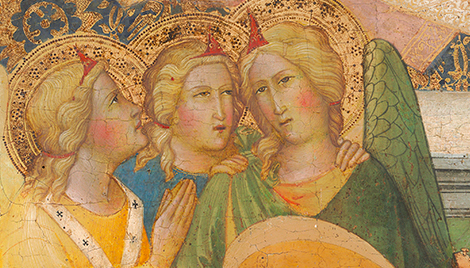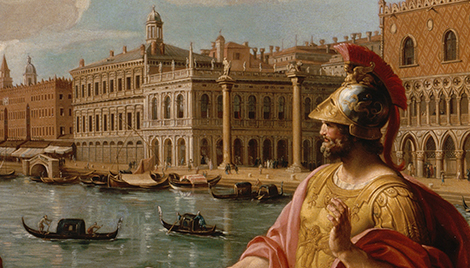Calendar year 2023 has become a year of transition for the Samuel H. Kress Foundation. Along with the rest of the world, of course, we are hopefully transitioning to a “new normal” in the wake of a global pandemic. At the same time, we are navigating a rare transition in leadership at the Kress Foundation itself.
Remarkably, over the nearly one hundred years of its history, the Kress Foundation (established 1929) has had only five presidents. Samuel H. Kress himself performed that role from 1929 until his death in 1955, with his trusted brother Rush H. Kress assuming the Kress leadership legacy from 1955 until 1963. The Foundation’s founders were duly succeeded by Kress Trustee Franklin D. Murphy, who served in the capacity of President from 1963 until 1984. In 1984, Marilyn Perry assumed the role, serving until 2007. And finally, in 2007 I had the honor of following in these distinguished footprints. And now, sixteen years later, I have concluded – after due deliberation and in close consultation with the Kress Board of Trustees – that a further presidential transition is due. My final day at this beloved institution will be December 31, 2023.
I am proud of the shared legacy I will be leaving behind when I retire as Kress President. The main source of that sense of pride is the conviction that – along with our Trustees and my outstanding colleagues on the tiny Kress team – we have managed both to sustain Kress’s longstanding commitments to the field of art history writ large and to allow those commitments to evolve as the field itself has evolved over the course of the years. And I believe the 2023 grant and fellowship awards summarized in this
report speak powerfully to this shared commitment.
In closing, I invite and encourage you, dear reader, to help my colleagues and my eventual successor as President to ensure that the field of art history continues to evolve in exciting new ways in response to an ever-changing world.
Max Marmor
President
November 2023





